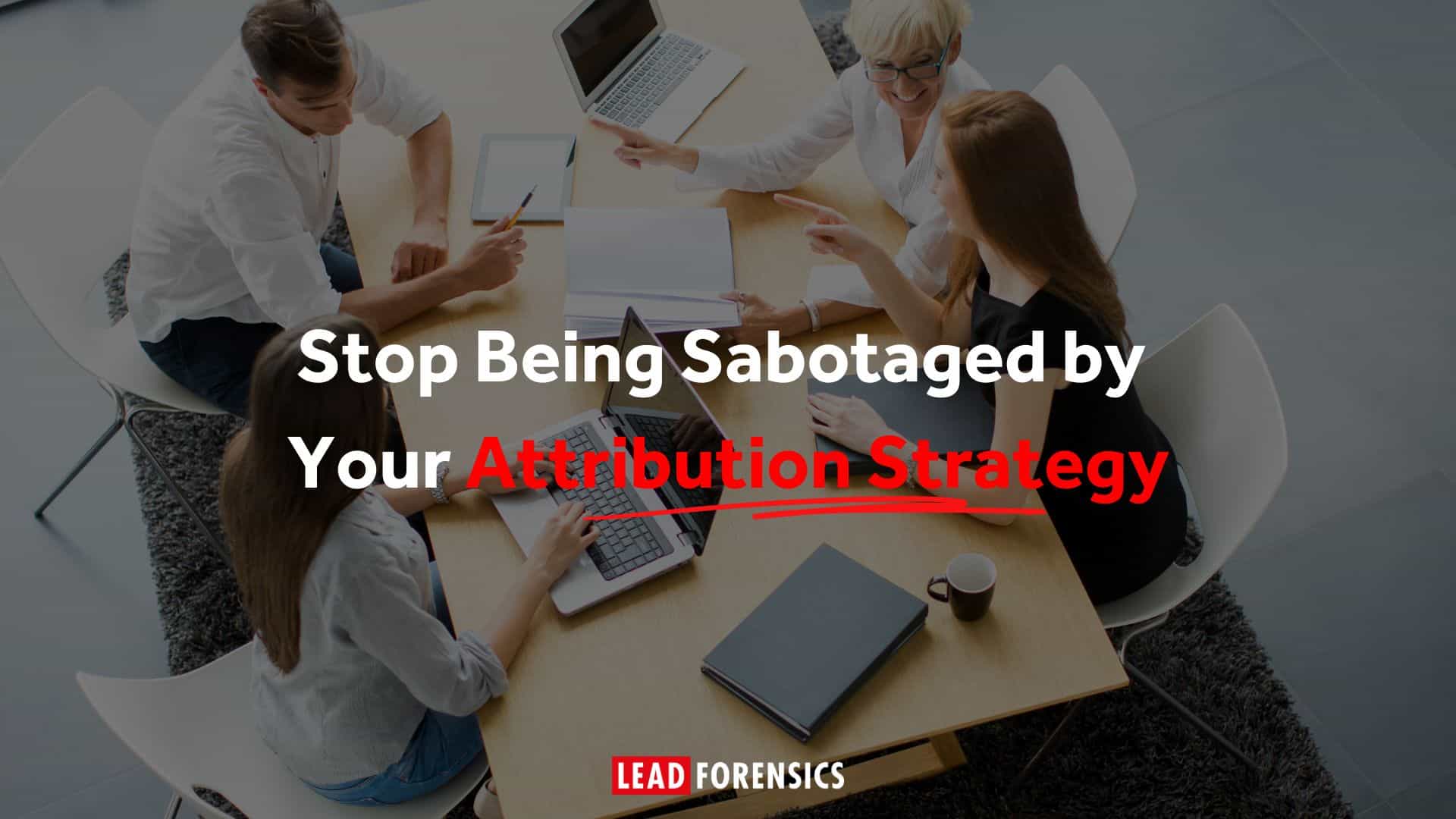B2B Websites
Building a successful B2B website is crucial in today’s digital-first world. Unlike B2C sites, which focus on individual consumers, B2B websites must cater to businesses—often dealing with complex products or services, multiple decision-makers, and lengthy sales cycles. The goal isn’t just to look good; your B2B website needs to function as a powerful marketing and sales tool that educates, engages, and converts.
Understanding the intricacies of the B2B market, setting clear objectives, and executing a strategic plan are vital steps in creating a B2B website that truly performs. This guide will walk you through each essential element, ensuring your site doesn’t just exist but excels in driving business growth.
Understanding the B2B Market
Before diving into website creation, it’s essential to grasp the unique aspects of the B2B market. B2B transactions involve larger orders, longer sales cycles, and often, more stakeholders. The decision-making process is more rational and driven by the needs of the business rather than emotional or impulsive buying behavior typical of B2C markets.
For instance, according to a report by Gartner, 77% of B2B buyers state that their latest purchase was very complex or difficult. This complexity arises from the need to justify decisions internally, often requiring buy-in from multiple departments. Hence, your website must cater to these needs by offering comprehensive information, transparent pricing models, and strong value propositions that can be easily communicated across teams.
Understanding these dynamics allows you to design a website that not only meets but anticipates the needs of your target audience, providing them with the resources necessary to make informed decisions.
Importance of a Professional B2B Website
In the B2B landscape, your website is often the first point of contact with potential clients. A professional, well-designed website instills trust, showcases your brand’s expertise, and demonstrates your capability to deliver on promises. According to Stanford Web Credibility Research, 75% of users admit to making judgments about a company’s credibility based on their website’s design.
A professional website is more than just visually appealing—it reflects your brand’s commitment to quality and attention to detail. It should clearly communicate your value proposition, highlight your industry experience, and provide a seamless user experience. The goal is to make it easy for visitors to find what they need, whether that’s information about your services, case studies, or ways to get in touch.
Investing in a professional website can also have a direct impact on lead generation. Forrester reports that a well-designed B2B website can increase conversion rates by up to 200%. In a competitive market, where businesses are constantly vying for attention, a professional website gives you the edge needed to stand out.
Setting Clear Goals for Your B2B Website
A successful B2B website starts with clearly defined goals. What do you want your website to achieve? Whether it’s generating leads, providing customer support, or educating potential clients, your goals will guide the design and functionality of your site.
Begin by identifying your primary objectives. Are you looking to increase brand awareness, drive more qualified leads, or improve your customer service? Each goal requires a different approach. For instance, if lead generation is your primary focus, you might prioritize creating compelling calls-to-action (CTAs), optimizing forms, and integrating CRM tools to track visitor interactions.
According to HubSpot, companies that set clear goals for their website are 42% more likely to report a positive ROI. These goals should be specific, measurable, achievable, relevant, and time-bound (SMART). For example, rather than a vague goal like “increase leads,” aim for something specific: “Increase the number of qualified leads by 20% in the next six months.”
Having clear goals ensures that every element of your website—from design to content to features—is aligned with your broader business strategy, making your site a powerful tool in achieving your business objectives.
Developing a Branded and User-Friendly Design
Your website’s design is the face of your brand online. It should reflect your company’s identity, be consistent with your branding, and provide an intuitive user experience. B2B buyers are looking for information that is easily accessible, so your design should facilitate that process.
A clean, modern design that uses your brand’s colors, fonts, and imagery can help reinforce brand recognition. Navigation should be straightforward, with clear paths for different types of visitors, such as prospects, returning customers, or partners. The average B2B buyer conducts 12 searches before engaging with a specific brand’s site, so it’s crucial that your design makes it easy for them to find what they’re looking for.
Responsive design is also key. With over 70% of B2B searches begin on a mobile device, ensuring your site is mobile-friendly isn’t just a nice-to-have—it’s a necessity. A user-friendly design that is consistent across all devices helps reduce bounce rates and keeps potential clients engaged longer, increasing the likelihood of conversion.
Creating Compelling Content for B2B Audience
Content is the backbone of any B2B website. It’s how you communicate your value proposition, educate potential clients, and build trust. High-quality, relevant content not only attracts visitors but also keeps them engaged and encourages them to take action.
When creating content for your B2B website, focus on your audience’s pain points and how your solutions address these challenges. According to Demand Gen Report, 96% of B2B buyers want content with more input from industry thought leaders. This means incorporating white papers, case studies, and expert blogs that showcase your industry knowledge and position your company as a leader in your field.
Content should also be tailored to different stages of the buyer’s journey. For example, blog posts and educational resources are great for top-of-funnel visitors, while case studies and product comparisons might be more appropriate for those further down the sales funnel.
Additionally, integrating multimedia elements like videos, infographics, and podcasts can enhance user engagement. With Cisco projecting that video will account for 82% of all online traffic by 2025, incorporating diverse content formats can significantly boost your website’s appeal and effectiveness.
Implementing B2B-Specific Features and Functionalities
A successful B2B website needs to go beyond the basics, incorporating features and functionalities that cater specifically to the B2B market. This includes elements like detailed product catalogs, account management tools, and customer portals that allow for easy reordering and communication.
One key feature is the integration of a customer relationship management (CRM) system. This allows you to track visitor interactions, segment your audience, and personalize content based on the visitor’s stage in the buying cycle. CRM adoption has been shown to increase sales by up to 29%, making it a critical tool for any B2B website.
Another important functionality is the inclusion of lead generation forms that are optimized for conversion. Forms should be easy to fill out, with as few fields as possible to reduce friction. Additionally, offering value in exchange for contact information—such as a downloadable guide or access to a webinar—can significantly increase conversion rates.
For companies dealing with complex products or services, providing detailed product information, including technical specifications, pricing tiers, and case studies, is essential. Many B2B buyers prefer to conduct extensive research before contacting a sales rep, so offering comprehensive self-service resources on your site can lead to higher quality leads.
Finally, consider implementing a chat feature or AI-powered chatbot. Drift reports that 41.3% of consumers use conversational marketing tools for purchases, showing a growing preference for real-time interaction. This feature can provide immediate support, answer questions, and guide visitors through the buyer’s journey, enhancing the overall user experience.
Optimizing for B2B SEO and Lead Generation
Search engine optimization (SEO) is crucial for ensuring your B2B website reaches the right audience. B2B SEO differs from B2C in that it focuses on long-tail keywords, industry-specific terms, and content that addresses complex buyer needs.
Start by conducting thorough keyword research to identify terms that your target audience is searching for. Tools like SEMrush or Ahrefs can help you find relevant keywords with good search volume and low competition. Incorporate these keywords naturally into your website content, meta descriptions, headers, and image alt tags.
Beyond keywords, creating high-quality content that is valuable to your audience will naturally attract backlinks, improving your site’s authority and ranking. Moz reports that the top-ranking pages in search engines have an average of 3.8x more backlinks than those in positions 2-10.
Lead generation optimization goes hand-in-hand with SEO. Once visitors land on your site, use clear CTAs to guide them towards your goals. Whether it’s downloading a whitepaper, signing up for a newsletter, or requesting a demo, your CTAs should be strategically placed and compelling.
Consider offering gated content that requires visitors to provide their contact information before access. This strategy not only helps capture leads but also allows you to segment and target them more effectively in future marketing efforts.
Best Practices for B2B Website Optimization
Optimization is an ongoing process that ensures your B2B website remains competitive and effective. Start by regularly reviewing site analytics to understand user behavior, such as which pages are most visited and where visitors are dropping off.
A/B testing is a powerful tool for optimization. By testing different versions of your landing pages, CTAs, or forms, you can identify what resonates best with your audience. According to HubSpot, companies that run A/B tests are 30% more likely to see improvements in their key metrics.
Page load speed is another critical factor. A slow website can frustrate users and increase bounce rates. Google states that as page load time goes from 1s to 3s, the probability of bounce increases by 32%. Use tools like Google PageSpeed Insights to monitor and improve your website’s performance.
Finally, ensure your website is accessible to all users, including those with disabilities. Compliance with the Web Content Accessibility Guidelines (WCAG) not only broadens your audience but also protects you from potential legal issues.
Strategies for Driving Traffic to Your B2B Website
Driving traffic to your B2B website requires a multi-channel approach that includes both organic and paid strategies. Content marketing is one of the most effective methods for attracting visitors. By regularly publishing blog posts, whitepapers, and case studies, you can draw in potential clients who are searching for information related to your industry.
Social media platforms, particularly LinkedIn, are crucial for B2B marketing. With over 774 million users, LinkedIn is a hub for professionals and businesses. Regularly posting industry insights, sharing content, and engaging with your audience can help build your brand’s presence and drive traffic to your website.
Paid advertising, including Google Ads and LinkedIn Sponsored Content, can also be effective in reaching a targeted audience. With precise targeting options, you can ensure your ads are seen by decision-makers within your industry, increasing the likelihood of conversion.
Email marketing remains a powerful tool for B2B traffic generation. Regular newsletters featuring your latest content, company news, and special offers can keep your audience engaged and drive them back to your site.
Lastly, partnering with industry influencers or thought leaders for guest blogging or webinars can expand your reach and attract new visitors to your website.
Analyzing and Improving B2B Website Performance
Continuous analysis is key to understanding how well your B2B website is performing and identifying areas for improvement. Begin by setting up Lead Forensics to track key metrics such as traffic sources, bounce rates, and conversion rates. This data will give you insights into how visitors are interacting with your site and which areas need attention.
Conversion rate optimization (CRO) should be a priority. Analyze the performance of your CTAs, landing pages, and forms to see where visitors are dropping off. Implement changes, such as simplifying forms or enhancing CTA visibility, and monitor the impact on your conversion rates.
User feedback is another valuable source of information. Tools like Hotjar can provide heatmaps and session recordings that show where users are clicking and how they navigate through your site. Additionally, surveys and feedback forms can offer direct insights into user satisfaction and pain points.
Regularly review your SEO performance using tools like Google Search Console to monitor keyword rankings and identify any issues that might be affecting your search visibility.
Lastly, set up regular reporting to keep track of your website’s performance over time. This will help you stay on top of trends, make data-driven decisions, and continuously improve your B2B website’s effectiveness.
Next Steps
Creating a successful B2B website is an ongoing process that requires a deep understanding of your market, clear objectives, and a commitment to continuous improvement. By focusing on a user-friendly design, compelling content, essential B2B features, and optimization strategies, you can build a website that not only attracts visitors but also converts them into loyal clients.
Maximize your B2B website’s potential by integrating advanced website visitor tracking with Lead Forensics. Understand which businesses are visiting your site, uncover valuable insights about your prospects, and turn anonymous traffic into actionable leads.
Take the guesswork out of your B2B marketing—contact us today to learn how Lead Forensics can elevate your website’s performance and drive more qualified leads to your business.







